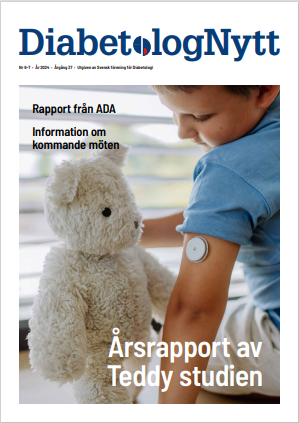Abstract
Prof Michael A Weber MD a , Prof Kenneth Jamerson MD b, Prof George L Bakris MD c, Prof Matthew R Weir MD d, Dion Zappe PhD e, Ying Zhang PhD e, Bjorn Dahlof MD f, Eric J Velazquez MD g, Prof Bertram Pitt MD b
Summary
Background
In previous clinical trials in high-risk hypertensive patients, paradoxically higher cardiovascular event rates have been reported in patients of normal weight compared with obese individuals. As a prespecified analysis of the Avoiding Cardiovascular Events through Combination Therapy in Patients Living with Systolic Hypertension (ACCOMPLISH) trial, we aimed to investigate whether the type of hypertension treatment affects patients’ cardiovascular outcomes according to their body size.
Methods
On the basis of body-mass index (BMI), we divided the full ACCOMPLISH cohort into obese (BMI ≥30, n=5709), overweight (≥25 to <30, n=4157), or normal weight (<25, n=1616) categories.
The ACCOMPLISH cohort had already been randomised to treatment with single-pill combinations of either benazepril and hydrochlorothiazide or benazepril and amlodipine. We compared event rates (adjusted for age, sex, diabetes, previous cardiovascular events, stroke, or chronic kidney disease) for the primary endpoint of cardiovascular death or non-fatal myocardial infarction or stroke. The analysis was by intention to treat. This trial is registered with ClinicalTrials.gov, number NCT00170950.
Findings
In patients allocated benazepril and hydrochlorothiazide, the primary endpoint (per 1000 patient-years) was 30·7 in normal weight, 21·9 in overweight, and 18·2 in obese patients (overall p=0·0034). However, in those allocated benazepril and amlodipine, the primary endpoint did not differ between the three BMI groups (18·2, 16·9, and 16·5, respectively; overall p=0·9721). In obese individuals, primary event rates were similar with both benazepril and hydrochlorothiazide and benazepril and amlodipine, but rates were significantly lower with benazepril and amlodipine in overweight patients (hazard ratio 0·76, 95% CI 0·59—0·94; p=0·0369) and those of normal weight (0·57, 0·39—0·84; p=0·0037).
Interpretation
Hypertension in normal weight and obese patients might be mediated by different mechanisms. Thiazide-based treatment gives less cardiovascular protection in normal weight than obese patients, but amlodipine-based therapy is equally effective across BMI subgroups and thus offers superior cardiovascular protection in non-obese hypertension.
Funding
Novartis Pharmaceuticals.
The Lancet online Dec 6 2012
Nyhetsinfo
Prof Peter Nilsson, Malmö, har i Dagens Medicin kommenterat artikeln. Det är en posthoc-analys, bygger på resultat från en tidigare publicerad studie – fynden måste bekräftas i en randomiserad studie, men de kan utgöra grund för en hypotes. En rökare med hypertoni kan vara smal – i så fall är blodet redan förtjockat. Då kan det tänaks att diuretika ökar den förtjockningen ännu mer med skadliga följder. Högt BMI förknippas med ofta för mycket vätska i kroppen, en volymberoende hypertoni – och då kan diuretika ge bättre nytta. Deflesta patienter med hypertoni är överviktiga eller feta.
www red DiabetologNytt





